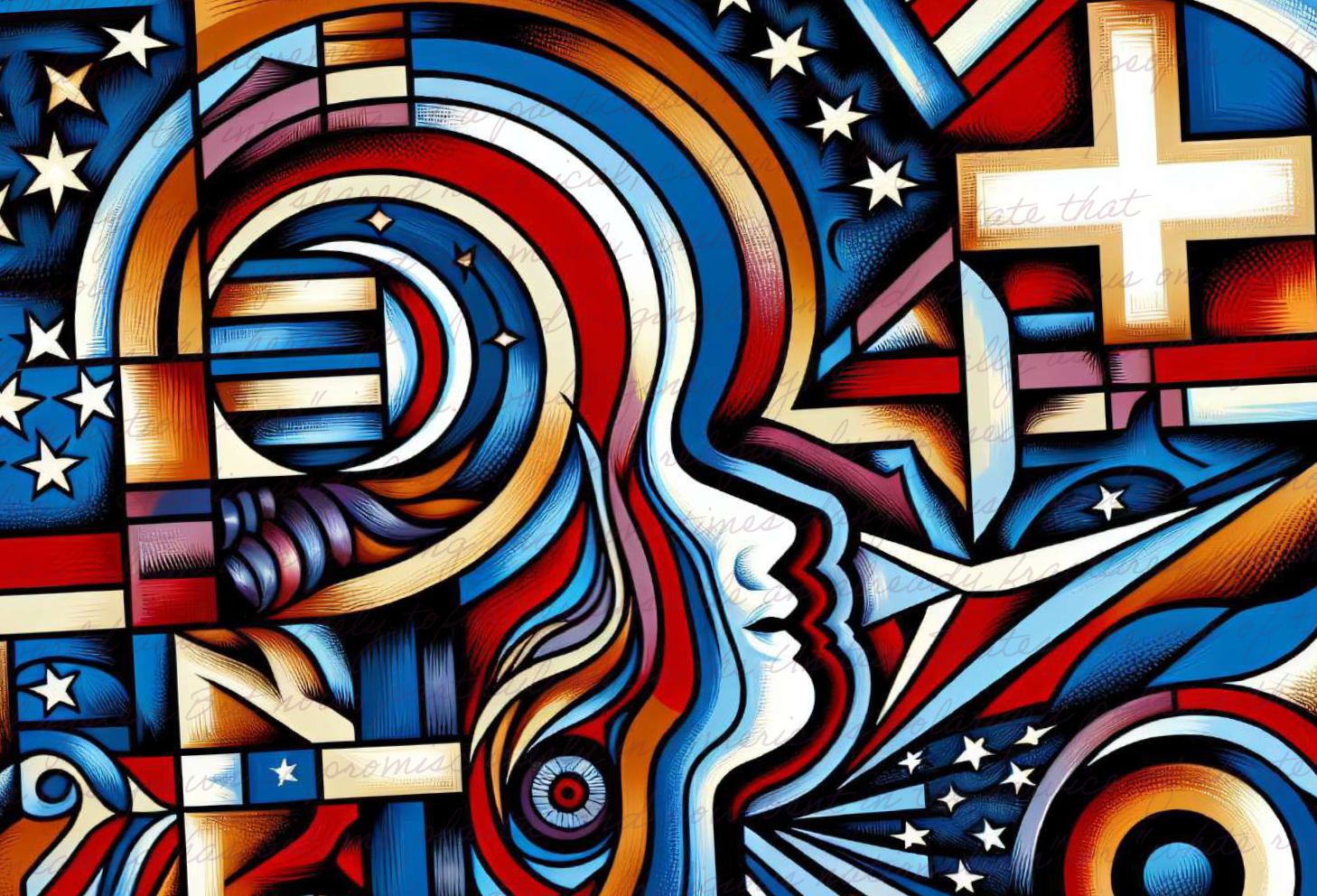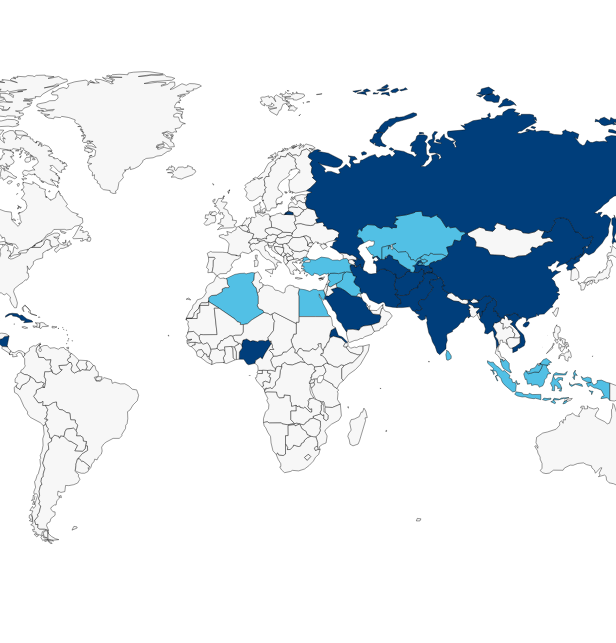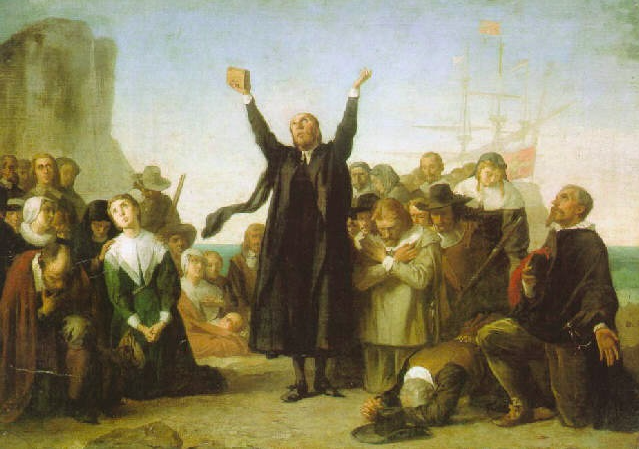On October 8-9, the Religious Freedom project, together with several sponsors, including the British Council, hosted a public dialogue on religious freedom policy and opportunities for transatlantic cooperation on this issue. However, differences among Western democracies are significant. These blog entries further explore this issue, and they also discuss the state of religious freedom in countries that are often the targets of the West’s policies.
By: Pasquale Ferrara
Religious Freedom as a Principle
In theory, there is no reason why the concept of religious freedom should be seen as divisive or controversial. Religious freedom seems today, in the international political discourse, to have acquired the status of consensual default policy, connected from one side to the respect of religions themselves, from the other side as a species of a genus, that is, a specific liberty inside the broader context of freedoms and rights. Religious freedom is even sometimes conceptualized as a “root right,” upon which the entire building of human rights and fundamental liberties is constructed.
There is no doubt that, as a principle, religious freedom is widely recognized as a value to preserve and defend, at least in all societies where fundamental rights are (formally) respected. In a world where the great majority of people declare to believe in some divinity or in metaphysical entities and supernatural order, religions in themselves are part of the very identity of persons, communities, and peoples.
This being the case, one may wonder why below the surface of that assumed consensus flow heated debates and polarized opinions that sometimes contest and even challenge the implications of religious freedom as a matter of national society and as a subject of international politics.
The International Politics of Religious Freedom
In my opinion, one possible reason for this apparent contradiction lies in the distinction to be made between religious freedom as a principle and the politics of religious freedom.
By politics of religious freedom I refer to the fact that more and more governments are being made accountable vis-à-vis the respect of religious minorities, while international organizations are also more reactive to the obstacles and restrictions limiting the enjoyment of this fundamental freedom.
If religious freedom clearly constitutes a new defining field for the advancement of human rights in relation to state behavior, it is also becoming, with increasing saliency, an issue that challenges the traditional diplomatic way of implementing inter-state diplomacy.
And this could become tricky. Positions start to diverge when there is the need to articulate religious freedom in concrete political terms.
Even between the two shores of the Atlantic we can sense this difference. Europe and the United States have interpreted religious freedom according to their respective political cultures. In the US the Establishment Clause sounds more like a negative principle of non-intervention by the state in religious affairs than like a concept of pro-active political neutrality as in the case of France. In Europe itself, however, there are different political and institutional arrangements regarding state-church relations, from laïcité to simple recognitions to compacts (as in the Italian case, through the “Concordato” with the Catholic Church). Overall, institutional secularization is for sure a common feature in Europe.
In this context, the distinction that Peter Berger proposed at the October 8 event, “International Religious Freedom: Toward a Model of Transatlantic Cooperation,”between secularity and secularism—namely, the difference between wanting secular spaces in society (the former) versus wanting all of society to be a secular space (the latter)—is of utmost importance. Religious people worldwide would object to secularism whereas they could subscribe to secularity, even though they would need to accept that the latter implies a space where, in addition to religious freedom, one can enjoy not only the “fact of pluralism” related to religions but also the freedom from religion(s). In fact, as Olivier Roy recently wrote, the right to religious freedom can be conceptualized, depending on the points of view, both as a fundamental right and as a potential threat to human rights! Roy shows how religions in Europe can be seen at odds with other rights, as some courts have already adjudicated: circumcision is considered against a child’s right; bans on ritual slaughter (Kosher and Halal) are made in the name of animals’ rights; wearing a veil and/or a burqa is under attack in the name of women’s rights; and, traditional “clerical exemptions,” such as the secret of Catholic confession, are being challenged after recent scandals.
I personally believe that religious pluralism, in its practical implications, is much more than just multiplicity of religious beliefs (more or less accepted in a given society) and much more than just encouraging “twin tolerations” between religious people and communities and the secular state. In my view, pluralism is an inherently political concept.In fact, there are essential steps to take before transforming that multiplicity into pluralism. The conditions for pluralism are not respected just because the practice of a religion is not forbidden by relevant regulations at ordinary or constitutional levels, and not even when—as it happens symbolically in some countries—representatives of religions are elected as minorities in national or regional parliaments. It goes much deeper than that, and has to do with the political culture of a country. It is not by chance that severe restrictions on religious freedom occur in despotic, semi-despotic, and hybrid regimes (mixing authoritarian and democratic elements) or in conditions of “sultanism”—with the hallmark of “a ruler’s near-complete personal discretion” (A.Stepan and J.J.Linz).
Peter Berger’s concept of a “second pluralism” implies the “coexistence of religion with an important secular space kept free of religious discourse.” However, can we conceive of such arrangement without endorsing the basic features of political liberalism? This is a fundamental question, since in non-Western cultures the religious freedom claim is often perceived in close association with the Western and Euro-Atlantic political culture and in particular with systematic individualism. In addition, we must realize that the ideas of an “open society” (Popper) and of a “polyarchy” (Dahl) are historically and philosophically linked to the structure of a liberal-democracy, what John Rawls would include in the “basic structure of a society” understood as a set of arrangements related to laws, political institutions, economic markets, public associations, and the family. Now, in several religious traditions the very concept of a separation between religion and politics or, more precisely, between religiosity and the state, is a non-starter, because it would mean allowing, to some extent, for the possibility of an unethical, corrupted state.
The International Policy of Religious Freedom
These circumstances—among less noble ones—may explain why reports on religious freedom released by governments and even international institutions are sometimes regarded with suspicion and in few cases radically rejected and contested.
There is, of course, a level of instrumentalism by governments in using the “westernization” pretext, since in fact they would like to be exempted from any kind of international scrutiny altogether in what they consider “domestic jurisdiction.” However, critics have a point when they suggest a disentanglement of religious freedom from the features of a specific political system. If we consider religious freedom as an absolute right, not contingent on particular political arrangements, then we need to build a broader international consensus on the standards, methods, and criteria for evaluating the respect of rel
igious freedom in a given country.
It is not by chance that reports on religious freedom realized by international and multilateral institutions in several cases have a better acceptance, in terms of legitimacy, than the ones produced by single governments or religious bodies. The reason for that lies in the fact that they reflect, at least to some extent, a convergence of different national political cultures toward a common ground in terms of a shared understanding of the “fundamentals” of religious freedom that are not country specific. Moreover, multilateral reports usually do not respond to “national security” needs and as such they help de-securitize the field of religious freedom, treasuring it for its own merits and not for what we could achieve from it in other domains, including “international security.”
This could also be an indication for a possible convergence between the US and the EU (since the EEAS has produced guidelines on religious freedom for European diplomats) in elaborating common standards and common practices for monitoring, assessing, and reporting on religious freedom, in cooperation with international and multilateral bodies.
Pasquale Ferrara, an Italian diplomat, is currently the Secretary General of the European University Institute in Florence.
This piece was originally authored on October 14, 2015 for the Religious Freedom Project at Georgetown’s Berkley Center for Religion, Peace, and World Affairs.
THE RFI BLOG

Myths of Religious Nationalism in America and Abroad

France’s Olympic Hijab Ban Violates International Law And Exacerbates Tensions

RFI Briefs USCIRF on Lessons from 25 Years of U.S. Designating Religious Freedom Violators

Thought Police: Protecting the People from Prayer

A Religious “Delaware”: Establishing a State Haven for Religious Corporations
CORNERSTONE FORUM

Challenges to Religious Freedom in Iraq and the Critical Need for Action

Public Bioethics & the Failure of Expressive Individualism

Religious Liberty in American Higher Education

Scotland’s Kate Forbes and the March of Secularism


